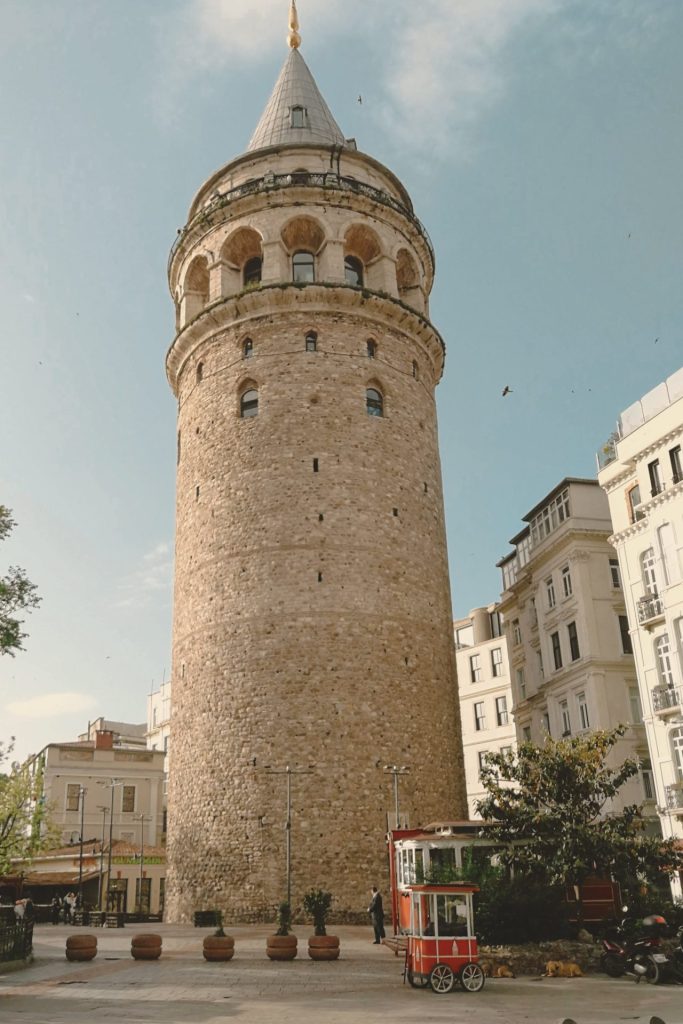Architecture Jan 13, 2024
Romanesque Architecture:
What is Romanesque Architecture?
Romanesque architecture is an architectural style that emerged in Europe during the 10th century and continued until the 12th century. It is characterized by a revival of Roman architectural elements, incorporating both Roman and Byzantine influences. Romanesque architecture was prevalent in medieval Europe, particularly during the period preceding the Gothic style.

Key characteristics of Romanesque architecture include:
- Thick Walls:
- Romanesque buildings are known for their thick and massive walls, which served both structural and defensive purposes. The thickness of the walls helped support the weight of the structure and provided stability.
- Round Arches:
- Rounded arches are a hallmark of Romanesque architecture. These arches are commonly used in doorways, windows, and arcades. Unlike the pointed arches of Gothic architecture, Romanesque arches are semicircular.
- Barrel Vaults and Groin Vaults:
- Romanesque buildings often feature barrel vaults (a series of arches placed lengthwise to create a tunnel-like structure) and groin vaults (intersecting barrel vaults). These vaulted ceilings contribute to the strength and durability of the structure.
- Thick Columns and Piers:
- Columns and piers in Romanesque architecture are robust and solid. They support the weight of the arches and vaults and are often decorated with simple capitals.
- Small Windows:
- Romanesque buildings typically have small, narrow windows. These windows are often located high on the walls and are sometimes decorated with ornamental arcading.
- Fortified Towers and Bell Towers:
- Many Romanesque churches incorporated fortified towers and bell towers, serving both religious and defensive purposes. These towers often featured simple, heavy structures.
- Cruciform Floor Plans:
- The floor plans of Romanesque churches often follow a cruciform (cross-shaped) layout, with a nave, transept, and apse. This layout symbolizes the cross and is a common feature in medieval Christian churches.
- Use of Stone:
- Stone was the primary building material in Romanesque architecture. Buildings were constructed using ashlar masonry, where stones were cut into regular, squared shapes for a more uniform appearance.
- Sculptural Decoration:
- Romanesque buildings were often adorned with sculptural decorations, including relief carvings and sculpted figures. These decorations were integrated into doorways, tympana (the semicircular area above the door), and capitals.
- Cloisters and Monastic Architecture:
- Monastic architecture, including cloisters, was a significant aspect of Romanesque design. Monasteries and abbeys played a crucial role in medieval society, and their architecture reflected both religious and practical considerations.
Prominent examples of Romanesque architecture include:
- Speyer Cathedral (Germany): One of the largest Romanesque cathedrals in Europe, Speyer Cathedral features a cruciform layout, thick walls, and a prominent bell tower.
- Durham Cathedral (England): Durham Cathedral is an excellent example of Romanesque architecture with its massive stone structure, round arches, and decorative elements.
- St. Sernin Basilica (France): Located in Toulouse, St. Sernin Basilica is known for its cruciform plan, barrel vaults, and impressive sculptural decorations.
- Pisa Cathedral (Italy): The cathedral in Pisa, part of the famous Piazza dei Miracoli, exhibits Romanesque features, including round arches and a distinctive striped exterior.
- Santiago de Compostela (Spain): The cathedral in Santiago de Compostela, a major pilgrimage site, is an example of Romanesque architecture with its imposing structure, barrel vaults, and intricate sculptures.
Romanesque architecture laid the foundation for the later Gothic style, which emerged in the 12th century. While Romanesque structures are often characterized by simplicity and solidity, they played a crucial role in the development of medieval European architecture.

